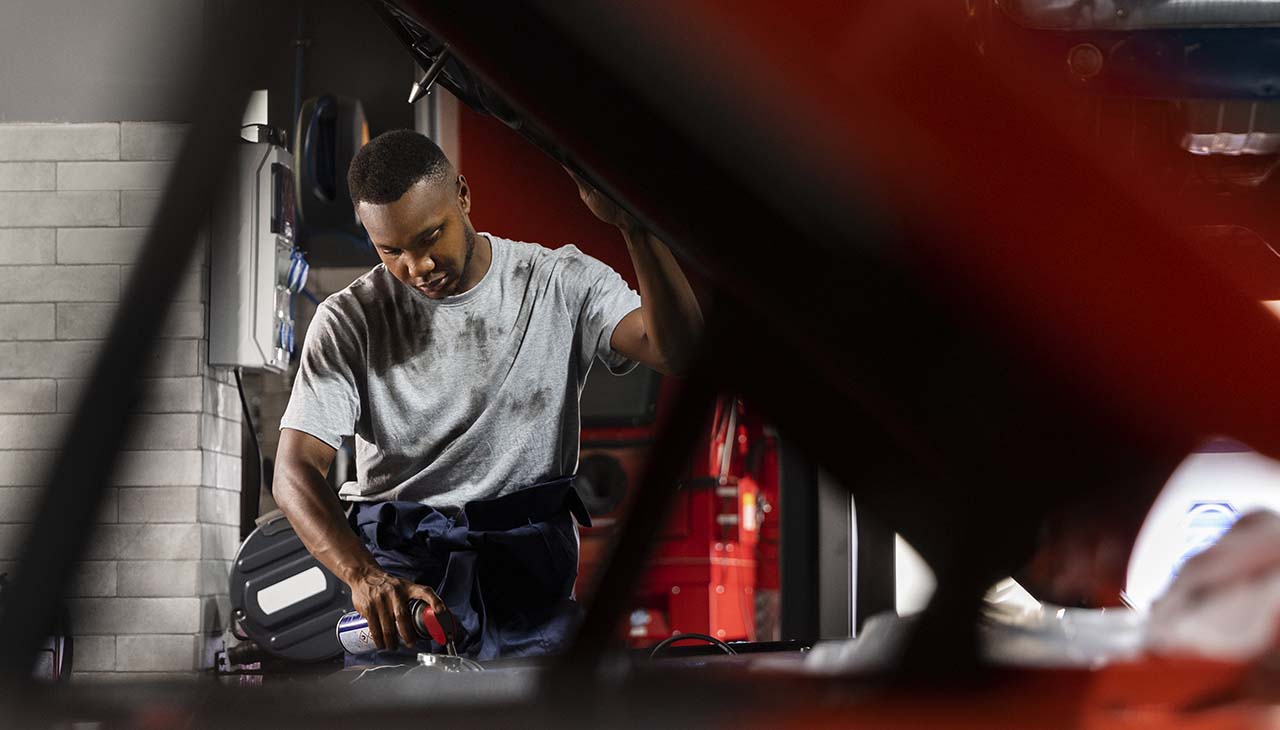Introduction
Owning a car is more than just a convenience—it’s an investment. For car owners and DIY enthusiasts, understanding common car problems and how to fix them is not only a cost-saving measure but also a way to ensure safety and prolong the life of the vehicle. This troubleshooting guide will empower you with the knowledge to identify, troubleshoot, and resolve some of the most frequent issues you may encounter with your car.
Section 1: Identifying the Problem
Knowing how to spot the early signs of car trouble can save you from bigger headaches down the road. Here are some common car problems and how to identify them:
1. Engine Overheating
Description: Your engine temperature gauge is in the red, or you see steam coming from under the hood.
Identification: Check the coolant levels, look for leaks in the radiator, and listen for unusual noises from the engine.
2. Battery Issues
Description: Your car won’t start, or the electrical components are acting up.
Identification: Inspect the battery terminals for corrosion, check the battery voltage with a multimeter, and if the battery is over three years old, it might be time for a replacement.
3. Brake Problems
Description: Squeaking, grinding noises, or a spongy brake pedal.
Identification: Examine the brake pads and rotors for wear and tear. Check the brake fluid level and look for any leaks in the brake lines.
4. Tire Wear and Tear
Description: Uneven tire wear, frequent flat tires, or vibrations while driving.
Identification: Measure the tread depth, inspect for punctures or bulges, and ensure tires are properly inflated.
5. Transmission Issues
Description: Difficulty shifting gears, slipping gears, or strange noises while driving.
Identification: Check the transmission fluid level and color. Look for leaks under the car and pay attention to any burning smells.
Section 2: Troubleshooting Guide
Once you’ve identified the problem, it’s time to roll up your sleeves and get to work. Here’s a step-by-step guide to troubleshooting and fixing these common car issues:
1. Fixing Engine Overheating
- Check Coolant Levels: Add coolant if necessary.
- Inspect Radiator and Hoses: Look for leaks or cracks.
- Check Thermostat: If it’s stuck closed, replace it.
- Examine Water Pump: Ensure it’s functioning correctly.
2. Resolving Battery Issues
- Clean Battery Terminals: Use a wire brush to remove corrosion.
- Check Alternator: Ensure it’s charging the battery properly.
- Test Battery Voltage: If below 12.4 volts, consider replacing the battery.
- Tighten Connections: Ensure all connections are secure.
3. Addressing Brake Problems
- Replace Brake Pads: If worn out, replace them with new ones.
- Inspect Rotors: Resurface or replace if damaged.
- Bleed Brake Lines: Remove air from the brake lines.
- Check Brake Fluid: Top up if low and ensure there are no leaks.
4. Managing Tire Wear and Tear
- Rotate Tires: Regularly rotate tires to ensure even wear.
- Check Alignment: Ensure wheels are aligned correctly.
- Inspect Tread Depth: Replace tires if tread is below 2/32 inches.
- Inflate Tires: Keep tires inflated to the recommended pressure.
5. Fixing Transmission Issues
- Check Fluid Levels: Add transmission fluid if low.
- Inspect for Leaks: Repair any leaks in the transmission system.
- Replace Filter: Change the transmission filter if clogged.
- Consult Manual: Follow the car manual for specific troubleshooting steps.
Section 3: Tools and Resources
Having the right tools and resources can make DIY car maintenance much easier. Here are some essentials:
Essential Tools
- Socket Set: For removing and tightening bolts.
- Screwdrivers: Both flathead and Phillips.
- Jack and Jack Stands: For safely lifting your car.
- Multimeter: For checking electrical issues.
- Torque Wrench: To ensure bolts are tightened to the correct specification.
- OBD-II Scanner: For diagnosing check engine light codes.
Useful Resources
- Repair Manuals: Haynes or Chilton manuals for your specific car model.
- YouTube Tutorials: Channels like ChrisFix and Scotty Kilmer offer step-by-step guides.
- Online Forums: Websites like Reddit and car-specific forums provide a wealth of community knowledge.
- Mobile Apps: Apps like Car Scanner and RepairPal can offer diagnostics and repair estimates.
Section 4: When to Seek Professional Help
While DIY repairs can be rewarding, some issues are best left to professionals. Here are indicators that it’s time to consult a mechanic:
Indicators for Professional Help
- Complex Electrical Problems: Issues involving the car’s computer systems or extensive wiring.
- Major Engine Repairs: Internal engine problems requiring specialized tools and knowledge.
- Transmission Overhaul: Rebuilding or replacing a transmission is a complex job.
- Persistent Issues: Problems that recur despite multiple attempts to fix them.
- Safety Concerns: Issues involving brake systems, steering, or suspension that could compromise safety.
Conclusion
Understanding common car problems and how to fix them not only saves you money but also provides a sense of empowerment and peace of mind. By being proactive in identifying and addressing issues, you can extend the life of your vehicle and ensure a safer driving experience.
Remember, the key to successful DIY car maintenance is having the right knowledge, tools, and resources. And when in doubt, never hesitate to seek professional help to ensure your car remains in optimal condition.
For more tips and detailed guides on car maintenance, don’t forget to subscribe to our blog and join our community of DIY enthusiasts! Safe driving!










+ There are no comments
Add yours